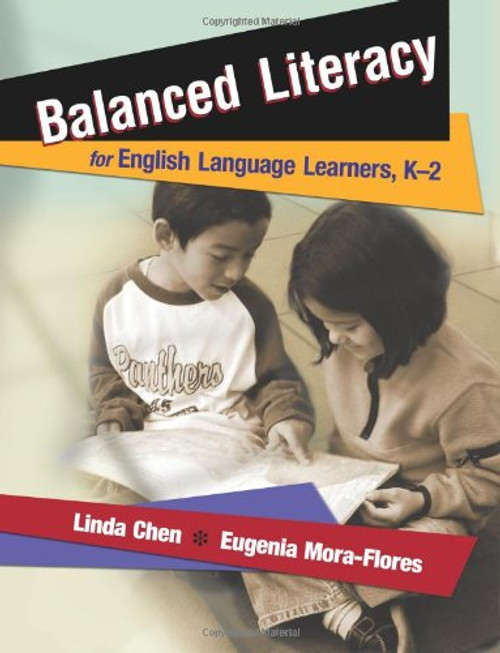Teaching reading to children in a language that is not their own is a daunting task. Combining the best classroom practices and research on teaching reading and language acquisition, Mary Cappellini integrates effective reading instruction with effective language instruction. Through the framework of a balanced reading program, she emphasizes the importance of constantly listening for and assessing children's language and reading strategies during read aloud, shared reading, guided reading, and independent reading, including literature circles.
Mary plans and demonstrates whole-class, small-group, and individual reading instruction using a model of reading to, with, and by children with fiction and nonfiction texts. She works in the primary and upper grades with children at all stages of English language development and at all developmental reading levels. With on-going assessments based on those interactions, she shows how to plan for more effective instruction. Mary constantly questions and discusses whether the child needs more support in language development or in developing reading strategies, breaking down assumptions that equate a low level of English proficiency with a lack of reading strategies, or English language fluency with accomplished reading skills.
Through the use of wonderful literature, and by maintaining a focus on the children's strengths, needs, prior knowledge, and interests, Mary constantly challenges students as they develop their fluency in English while becoming fluent readers.
- Included in this text are:
- how to set up an environment that will allow all English language learners to succeed;
- the stages of English language proficiency and stages of reading developmenthow they compare and how to use them to assess and plan for individual children;
- A focus on tapping into children's prior knowledge in their primary language while teaching reading in English and using Spanish/English cognates to help develop academic language;
- a collection of in-depth lessons and mini-lessons based on children's language proficiency and reading strategy needs with ongoing assessment, teacher reflection, and with an emphasis on choosing the right books to match their reading and language level;
- how to manage numerous guided reading groups with children of all stages of reading and language proficiency;
- thematic planning, with sample units for primary and upper grades, to support academic language and meet content standards;
- ideas for literacy evenings, school tours, and other events to involve parents with the learning community;
- extensive resources: numerous forms and checklistsobservation sheets, planning sheets, literature response sheets, focus sheets for shared and guided reading, and more. Also included are lists of books for read alouds, shared reading, and thematic units, and lists of recommended guided reading series appropriate for English language learners.
Balancing Reading and Language Learningprovides the strategies proven to be effective in a balanced reading program, while at the same time valuing the native culture and first-language skills of the English language learner. Regardless of how many or how few ELL students a teacher has, this invaluable resource helps them meet the challenges and reap the rewards of teaching children to read as they learn the language.







